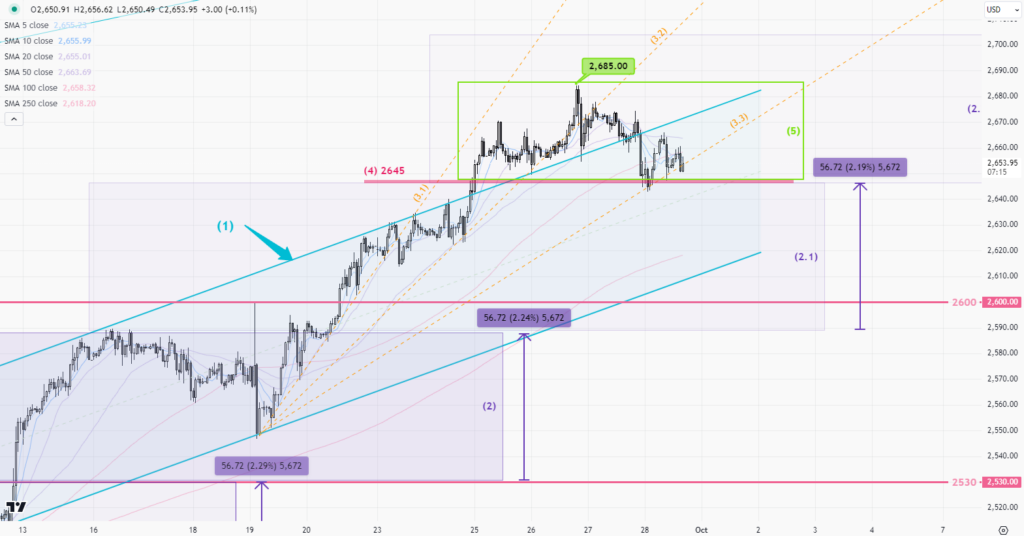 |
| Gold V.1.3.1 signal Telegram Channel (English) |

Hong Kong Stock Short Selling Rules and Risk Management: 5 Must-Know Points for Beginners
2025-11-17 @ 21:39
Hong Kong Stock Short Selling Rules and Risk Management: 5 Must-Know Points for Beginners
The Hong Kong stock market short selling landscape is characterized by a complex set of regulations and inherent risks that necessitate comprehensive understanding, especially for novice investors. This article elucidates five fundamental aspects of short selling in Hong Kong, emphasizing the legal parameters, cost components, market limitations, risk management mechanisms, and practical operational guidelines crucial for mitigating the high-risk nature of short selling.
Short Selling Fundamentals and Legal Framework
Short selling involves borrowing shares and selling them on the market with the expectation of repurchasing at a lower price, thereby profiting from a price decline. In Hong Kong, short selling activities are strictly regulated to prevent practices such as naked short selling, which is prohibited and punishable by law. Investors must secure borrowed shares through authorized financial institutions and comply with the Securities Borrowing and Lending Agreement, ensuring possession or rightful access to the shares at the time of order placement. These regulations uphold market integrity by prohibiting sales of shares not reasonably expected to be delivered on settlement.
Cost Structure and Initial Capital Requirements
Engaging in short selling mandates substantial initial capital due to margin requirements and ongoing costs. Investors must maintain a margin typically exceeding 105% of the value of borrowed shares to safeguard against adverse price movements. Additionally, borrowing costs, including stock lending fees and interest, vary depending on the supply-demand dynamics of the specific stocks. There are other transactional costs such as commission fees, dividend payments on borrowed shares, and clearing fees. These expenses cumulatively erode profit potential and necessitate diligent cost-benefit analysis prior to initiating short positions.
Market Limitations and Regulatory Requirements
The scope of short selling is limited to securities designated by the Hong Kong Stock Exchange, ensuring that only sufficiently liquid and sizable stocks are borrowable, thus mitigating market manipulation risks. The Exchange’s Uptick Rule mandates that short sale orders must be executed at or above the current best ask price, preventing downward price pressure from aggressive short selling. Automated surveillance systems enforce compliance by rejecting non-conforming orders, preserving orderly market function.
Risk Management and Margin Call Mechanisms
Robust risk controls are instituted through dynamic margin monitoring and mandatory margin calls. When account equity falls below prescribed thresholds, investors face margin call notifications requiring prompt capital infusion or position liquidation. Failure to meet margin requirements leads to forced liquidation executed by brokers without investor consent, a process that can exacerbate losses in volatile markets. Notably, the theoretical loss from short selling is unlimited, as stock prices can rise indefinitely, underscoring the catastrophic potential of forced liquidations and margin insufficiency.
Deeper Risk Insights: Unlimited Loss and Short Squeeze Phenomena
Short sellers confront unique perils including theoretically unlimited losses due to price appreciation and the risk of a short squeeze. A short squeeze occurs when rapid price surges compel short sellers to cover positions at escalating prices, fueling a feedback loop of further price increases and severe losses. Historic events such as the 2021 GameStop frenzy exemplify this risk, illustrating the critical necessity for vigilant risk assessment and conservative position sizing in short selling strategies.
Summary and Strategic Recommendations
Short selling on the Hong Kong market presents a confluence of opportunity and significant risk, necessitating stringent compliance with legal constraints, thorough cost assessment, and proactive risk management. For beginners, employing alternative bearish strategies such as put options or inverse ETFs offers controlled risk exposure. Those electing to engage directly in short selling should adopt conservative position sizes, adhere strictly to margin requirements, and implement disciplined stop-loss protocols. Ultimately, preserving capital is paramount, as the asymmetric risk profile of short selling demands heightened vigilance to forestall catastrophic losses.





